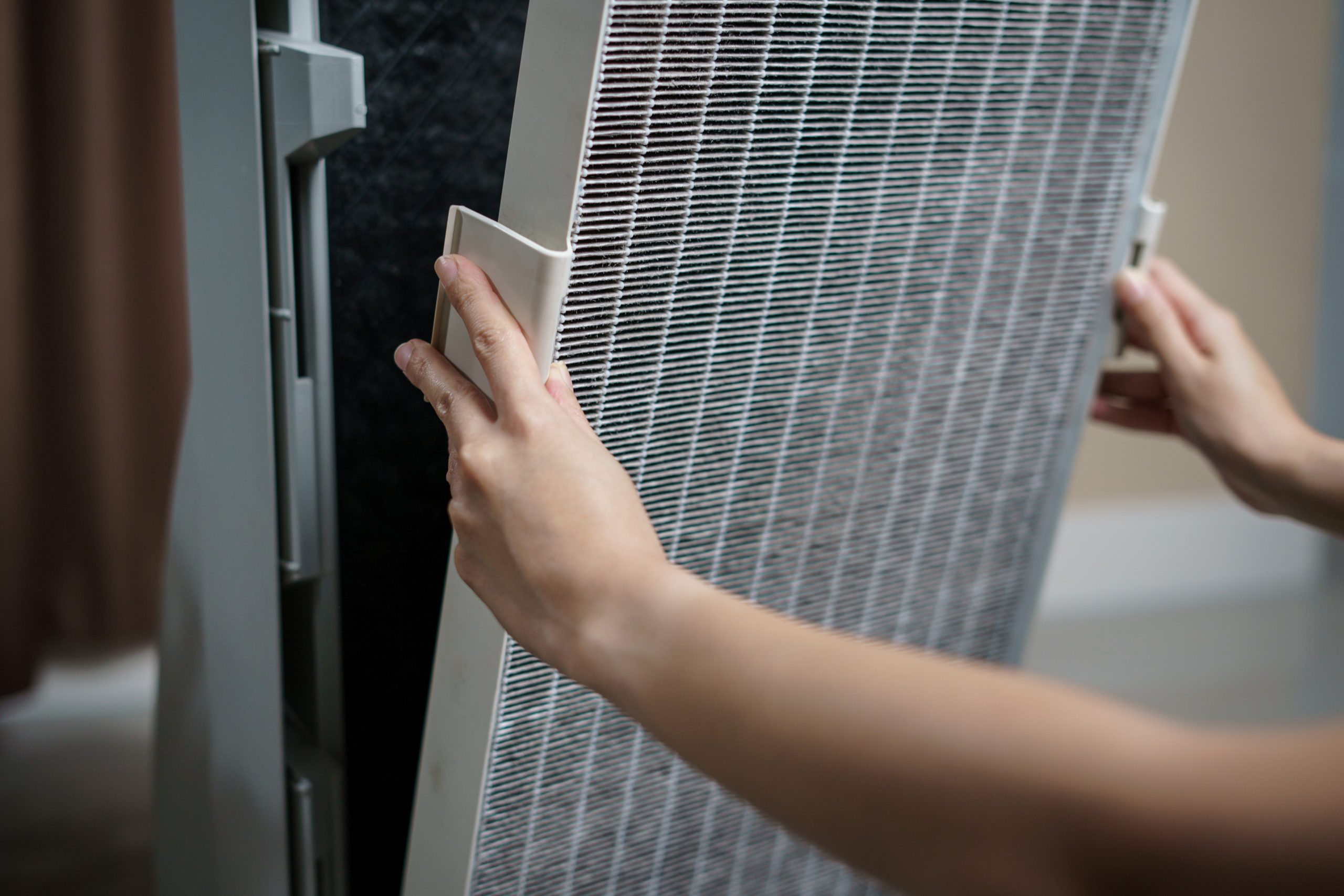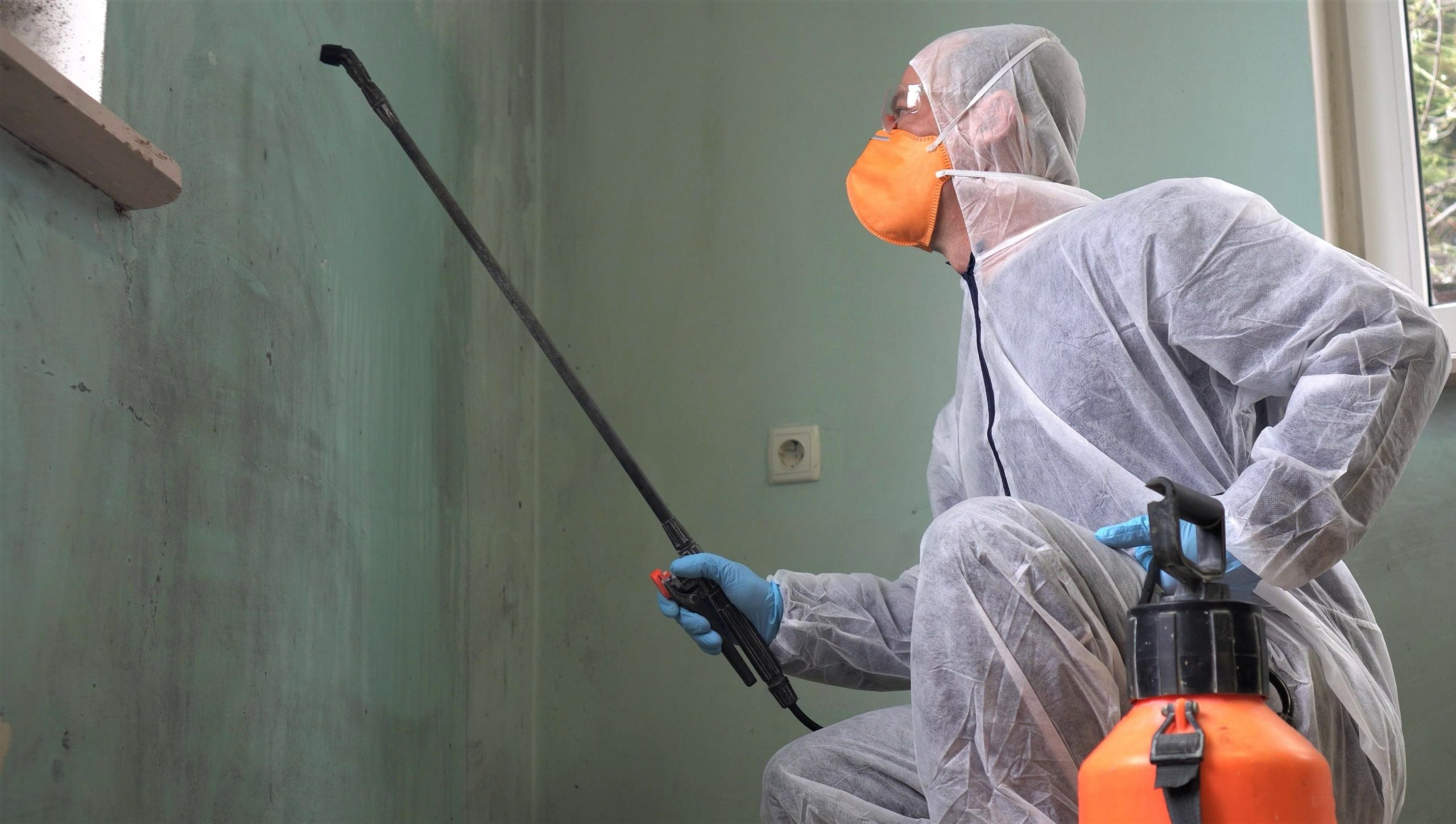With modern production methods, nowadays salt is the most common and readily available nonmetallic mineral in the world; in fact, the supply of salt is inexhaustible.
Originally published at Care2.com on July 4, 2011
 How many ways can you use salt? According to the Salt Institute, about 14,000! I can’t think of another more versatile mineral. The use of salt to preserve food was one of the early cornerstones of civilization (preservation lessened the dependence on seasonal food, and provided sustenance for traveling over long distances). However, salt was very difficult to obtain. With modern production methods, nowadays salt is the most common and readily available nonmetallic mineral in the world; in fact, the supply of salt is inexhaustible.
How many ways can you use salt? According to the Salt Institute, about 14,000! I can’t think of another more versatile mineral. The use of salt to preserve food was one of the early cornerstones of civilization (preservation lessened the dependence on seasonal food, and provided sustenance for traveling over long distances). However, salt was very difficult to obtain. With modern production methods, nowadays salt is the most common and readily available nonmetallic mineral in the world; in fact, the supply of salt is inexhaustible.
Since at least medieval times salt (sodium chloride) has been used for cleaning–and ensuing generations have continued to rely on it for all kinds of nifty tricks around the house. (Ah, for the days before toxic chemicals promised the convenience of an easy fix!) So with its non-toxic friendliness and top-dog status as an endlessly abundant resource, let’s jump on the granny bandwagon and swap out some toxic solutions for ample, innocuous and inexpensive salt.
But first, let my inner science geek pipe in for just a second (although if I eat dinner with you, I promise not to ask you to please pass the sodium chloride). There is a whole class of chemical compounds called “salts,” but the salt we’re talking about is good old sodium chloride–an ionic compound with the formula NaCl. Sodium chloride is the salt most responsible for the salinity of the oceans and of the extracellular fluid of many multicellular organisms (which is why it is vital for us), and the major ingredient in edible salt. There are a number of forms of salt produced for consumption (and by default, housekeeping!): unrefined salt (such as sea salt), refined salt (table salt), and iodized salt. Kosher salt is sodium chloride processed to have flat crystals. And in case you’re wondering, Epsom salt is an entirely different animal: magnesium sulfate to be exact (which is a salt that I consider to be, essentially, miraculous).
Okay, lab coat off, Hints-from-Heloise hat on. Here are just a few of the many ways you can put salt to good use in your home:
Around the House
Deter ants. Sprinkle salt at doorways, window sills and anywhere else ants sneak into your house. Ants don’t like to walk on salt.
Extinguish grease fires. Keep a box of salt near your stove and oven, and if a grease fire flares up, douse the flames with salt. (Never use water on grease fires; it will splatter the burning grease.) When salt is applied to fire, it acts like a heat sink and dissipates the heat from the fire–it also forms an oxygen-excluding crust to smother the fire.
 Drip-proof candles. If you soak new candles in a strong salt solution for a few hours, then dry them well, they will not drip as much when you burn them.
Drip-proof candles. If you soak new candles in a strong salt solution for a few hours, then dry them well, they will not drip as much when you burn them.
Keep cut flowers fresh. A dash of salt added to the water in a flower vase will keep cut flowers fresh longer. (You can alsotry an aspirin or a dash of sugar for the same effect.)
Arrange artificial flowers. Artificial flowers can be held in place by pouring salt into the vase, adding a little cold water and then arranging the flowers. The salt becomes solid as it dries and holds the flowers in place.
Make play dough. Use 1 cup flour, 1/2 cup salt, 1 cup water, 2 tablespoons oil and 2 tablespoons cream of tartar. Stir together flour, cream of tartar, salt and oil, and slowly add water. Cook over medium heat stirring frequently until dough becomes stiff. Spread onto wax paper and let cool. Knead the dough with your hands until it reaches a good play dough consistency. (Read about juice dyes here.)
Repair walls. To fill nail holes, fix chips or other small dings in white sheetrock or plaster walls, mix 2 tablespoons salt and 2 tablespoons cornstarch, then add enough water (about 5 teaspoons) to make a thick paste. Use the paste to fill the holes.
Deter patio weeds. If weeds or grass grow between bricks or blocks in your patio, sidewalk or driveway, carefully spread salt between the cracks, then sprinkle with water or wait for rain to wet it down.
Kill poison ivy. Mix three pounds of salt with a gallon of soapy water (use a gentle dish soap) and apply to leaves and stems with a sprayer, avoiding any plant life that you want to keep.
De-ice sidewalks and driveways. One of the oldest tricks in the book! Lightly sprinkle rock salt on walks and driveways to keep snow and ice from bonding to the pavement and allow for easier shoveling/scraping. But don’t overdo it; use the salt sensibly to avoid damage to plants and paws.
Tame a wild barbeque. Toss a bit of salt on flames from food dripping in barbecue grills to reduce the flames and calm the smoke without cooling the coals (like water does).





